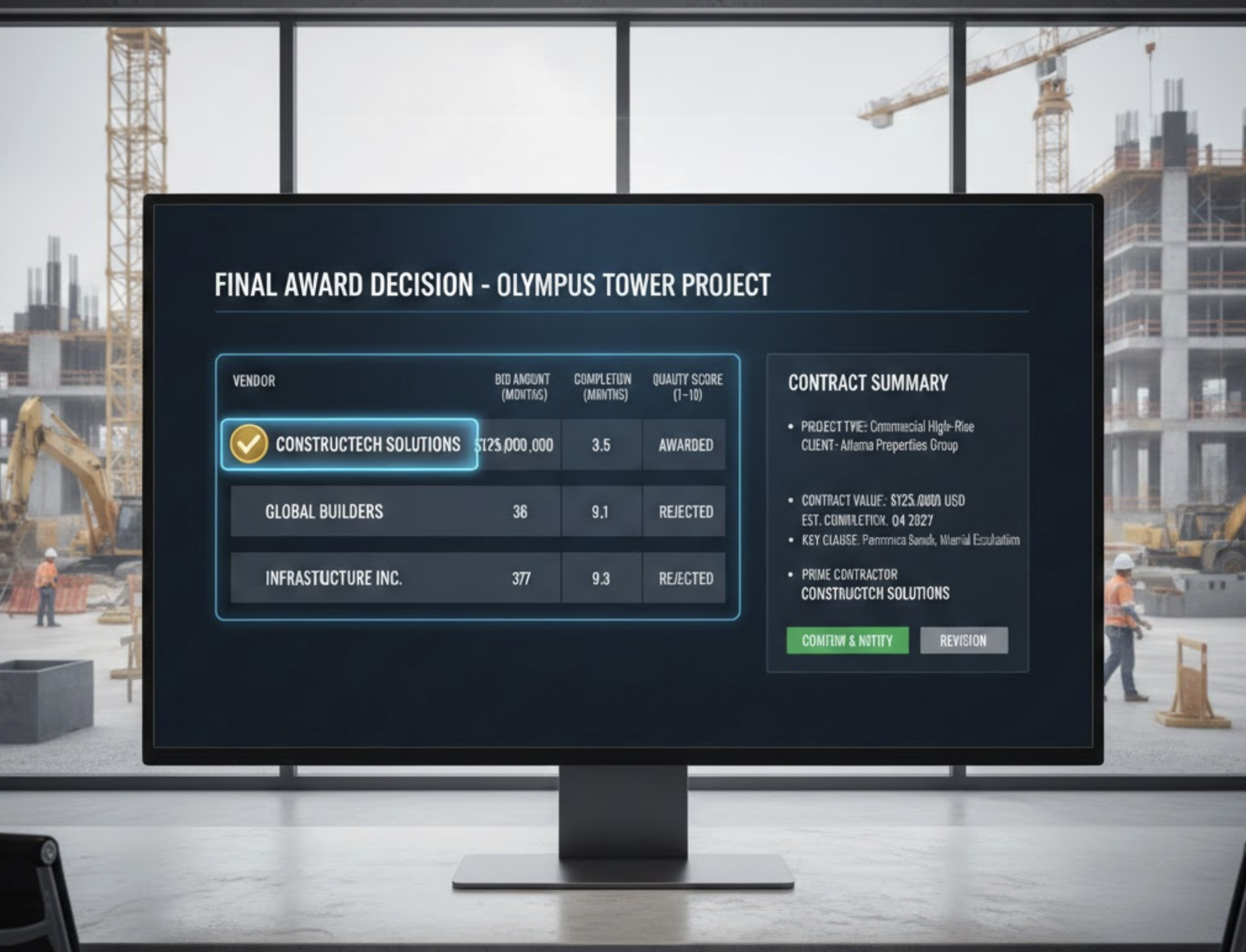Scope Creep in the Middle East: How to Control It with Clear Digital Logs
In the construction industry, especially in the Middle East, managing projects effectively is paramount for success. One of the most significant challenges faced by project managers is scope creep. This term refers to the uncontrolled or continuous expansion of a project’s scope beyond its approved parameters. It often involves adding new requirements, features, or work packages after the project has commenced, typically without corresponding adjustments to resources, schedule, or budget.
Definition and Impact of Scope Creep
Scope creep can have detrimental effects on a project’s success, including budget overruns, schedule delays, and quality reduction. By understanding the implications of scope creep, project managers can implement effective strategies to mitigate its occurrence.
Causes of Scope Creep
- Unclear Requirements: Projects with poorly defined or ambiguous requirements are more susceptible to scope creep. Without a clear baseline, stakeholders may continuously introduce changes.
- Poor Communication: A lack of clear and consistent communication among stakeholders can lead to misunderstandings. This can result in unexpected requests that expand the project’s scope.
- Stakeholder Requests: Changes requested by clients or other stakeholders after the project has started are common sources of scope creep.
Effects of Scope Creep
The effects of scope creep can be widespread and severely impact a project’s success. Here are some significant consequences:
- Budget Overruns: Adding new requirements without adjusting the budget can lead to significant cost increases.
- Schedule Delays: Scope creep can cause delays as the project team has to accommodate additional tasks with the same resources and timeline.
- Resource Misallocation: Expanding the project scope often leads to the misallocation of resources, negatively affecting efficiency and quality.
- Quality Reduction: Unplanned additions often compromise the quality of the final product if they are not managed correctly.
Managing and Controlling Scope Creep
Controlling scope creep requires the implementation of effective management practices. Here are essential strategies for project managers:
Scope Management Plan
A comprehensive scope management plan is essential to guide project execution. This plan should include a clear scope statement, a detailed work breakdown structure (WBS), and a strong change control process to handle any potential changes systematically.
Change Control Process
Implementing a rigorous change control process is necessary. This ensures that any modifications to the project scope are reviewed, approved, and documented before any implementation occurs.
Stakeholder Communications
Regular and transparent communication with stakeholders is crucial. This process manages expectations and prevents unauthorized scope changes, ensuring all parties are aligned on project developments.
Digital Logs and Tools
Utilizing digital tools and maintaining clear digital logs are vital in tracking changes, documenting approvals, and ensuring that stakeholders remain informed. Zepth’s Role: Zepth’s project management tools facilitate control over scope creep by providing a centralized platform for scope management and change control. With features such as real-time tracking and automated reporting, project managers can maintain an accurate and up-to-date record of project scope and changes.
Best Practices for Controlling Scope Creep in the Middle East
Several best practices can help project managers effectively control scope creep:
Clear Project Objectives
At the project’s outset, ensure that project objectives are clearly defined and communicated to all stakeholders. This clarity helps reduce misunderstandings and potential scope creep.
Regular Project Reviews
Conduct regular project reviews to monitor progress. These reviews can help identify signs of scope creep early, allowing for timely interventions and adjustments.
Stakeholder Engagement
Actively engage stakeholders throughout the project lifecycle. This engagement helps manage expectations and ensures all changes are appropriately approved and documented.
Training and Awareness
Provide training and awareness programs to inform project team members and stakeholders about the importance of scope management. Educating them on the consequences of scope creep can foster a culture of diligence and accountability.
Use Cases and Emerging Innovations
The construction industry is experiencing a digital transformation, where advanced tools play a crucial role in project management:
Digital Project Management Tools
The integration of advanced digital project management tools is crucial for controlling scope creep. Such tools provide functionalities like real-time monitoring, automated reporting, and advanced change management processes. Example: Implementing Zepth’s project management software enhances tracking of scope changes and automates approval processes, smoothing project execution and ensuring all stakeholders have access to the latest project scope documentation.
AI and Machine Learning
Emerging technologies like AI and machine learning can be integrated into project management tools for predicting and preventing scope creep. By analyzing historical data, these technologies identify potential risks before they escalate, enabling project teams to mitigate issues proactively.
Conclusion
By implementing effective strategies and leveraging advanced digital tools, project managers in the Middle East can navigate the challenges of scope creep successfully. Ensuring projects are completed on time, within budget, and according to quality standards starts with proactive scope management and consistent stakeholder engagement.
For more information on how Zepth can assist with managing your projects, visit Zepth’s Project Management Solutions. To learn more about effectively managing scope creep, check out Zepth’s Guide to Scope Management.




